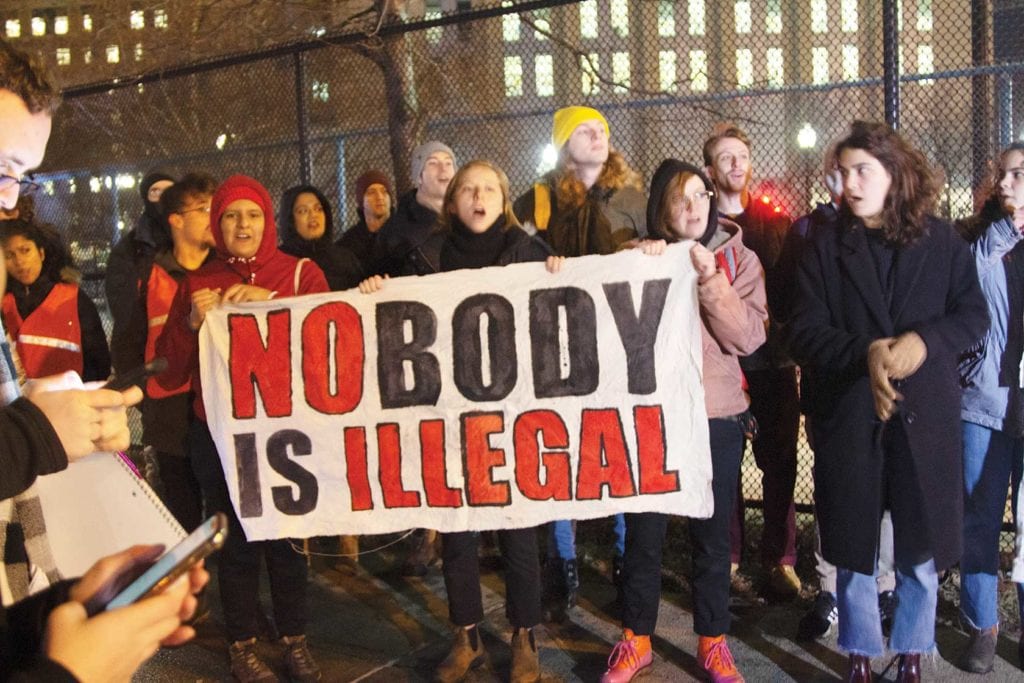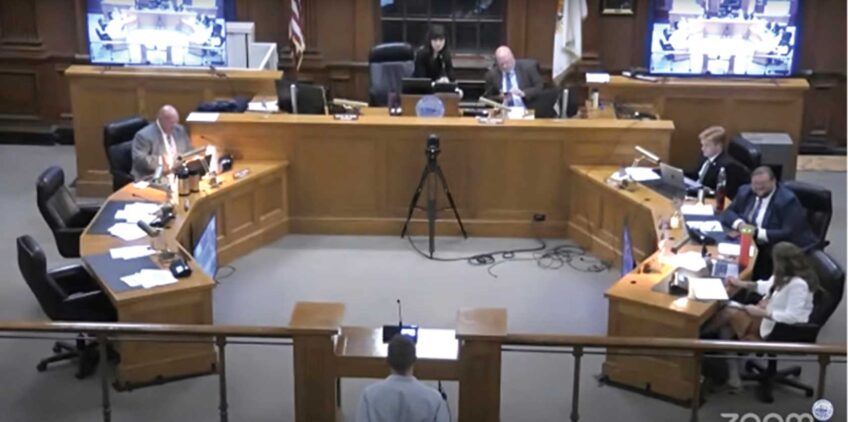
Protesting what they say is a pattern of abuse and inhumane conditions at the Suffolk County House of Corrections, over 50 ICE detainees participated in a hunger strike beginning last Friday and lasting several days before it was stopped by corrections officers.
Strikers first posted a list of the conditions on Feb. 10, among them lack of hot water, bad food, and verbal abuse by named corrections officers. The list was then posted online via The Fighting Against Natural Gas Collective, who communicated with the strikers when the strike began on Feb. 15.
While the strike was taking place, the SCHC and ICE denied the action was a hunger strike, because even though dozens of detainees were refusing meals, many continued to purchase food from the jail’s canteen.
When asked for comment on the strike, ICE media representative John Mohan expressed support for the actions of the SCHC and Boston ICE “in their work of keeping Massachusetts communities safer and more secure,” while providing the agency’s own definition of a hunger strike in an official statement.
“Declining to consume a facility-provided meal during a designated meal time does not necessarily equate with an individual not eating any food, as detainees can obtain food from a commissary in many detention centers, nor is it accurate to describe such behavior as a ‘hunger strike,’” said Mohan. “ICE only categorizes a detainee as on a hunger strike if the individual has been observed missing nine consecutive meals.”
Retaliation
The FANG Collective argued that the protest was clearly a hunger strike, for two reasons: retaliation against the detainees and the prisoners’ lack of canteen funds which they discussed at their demonstration outside the prison Thursday night.
“If it were not a real hunger strike, there would be nothing to retaliate against,” said Arely Diaz, an organizer from FANG, speaking through a megaphone to a group of over 30 people who attended the demonstration. Diaz explained that FANG was informed that in retaliation, eight inmates were placed in solitary confinement. Additionally, there were threats of moving detainees to other facilities.
She added that even though ICE claimed the strikers were purchasing food from canteens, not all inmates could afford to purchase canteen food. She also added that it was possible strikers were sharing canteen food with one another. For these reasons, the strike was indeed a hunger strike, FANG said, but it also had to end.
The ICE spokesperson and FANG also cited different numbers of detainees who participated in the strike. In their email, ICE media said it was 50 strikers, but in their many Facebook posts, FANG said they were told 72 inmates participated.
Outside support
FANG’s demonstration gathered members of the organization and other supporters of the strike along the Mass Avenue Connector in the South End, just outside the area of Boston’s prison where the ICE detainees, especially those from Unit 82, are kept.
In the darkness on the side of the busy highway, demonstrators chanted in English and Spanish, played music and hit noise-makers. Cars honked in support as they drove by.
Detainees were seen watching the demonstration from their windows. They flashed their cellphone lights and were seen waving and jumping in the windows in response to the demonstration.
Many of those at the demonstration wished to remain anonymous, for safety or to place more attention on the voices of those detained, but one spoke succinctly about the demonstration’s purpose.
“We don’t believe in borders and we don’t believe families should be separated at the border,” said the demonstrator. “And we don’t believe in prisons.”
Diaz echoed this in her remarks at the protest about ongoing support, even after an end to the strike.
“We’re out here in solidarity to show them that we hear them and we care,” said Diaz. “We are also here to show the sheriff’s department that there are people here that are willing to keep the fight going.”
Even though the strike ended, most grievances were not addressed, Diaz said, aside from the lack of hot water. At the time of the demonstration, the eight inmates also still remained in solitary confinement, which Diaz addressed at the end of her speech, before leading the group in their noise-making.
“We demand that these detainees are released from solitary immediately,” said Diaz. “We refuse to give power to the Suffolk County House of Corrections and ICE. This is the time to make as much noise as possible.”






